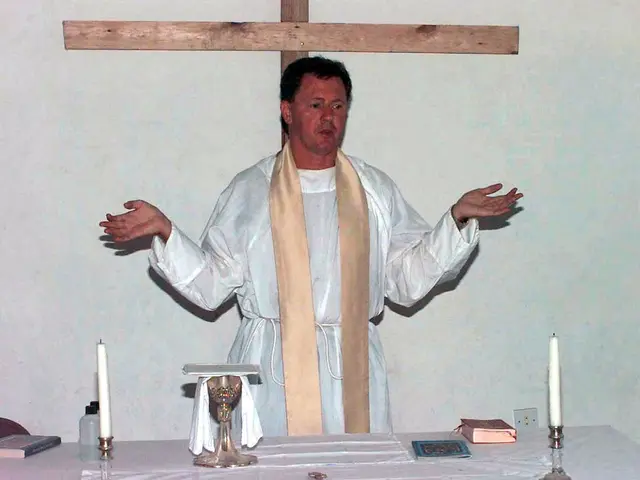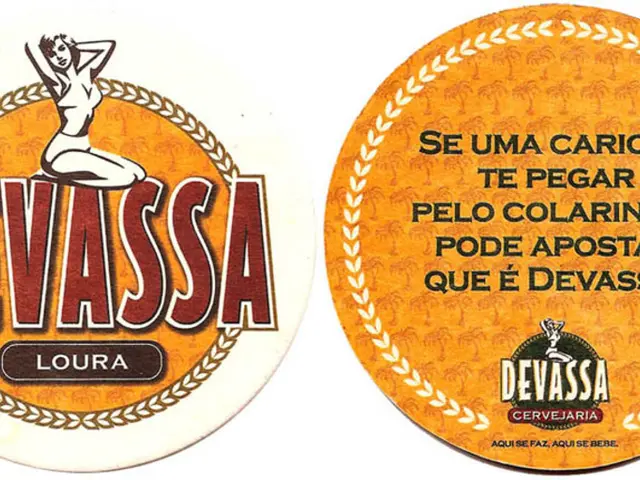Sneaky Tips to Make Your Tiny Garden Feel Bigger and Fabulous
Strategies from Design Experts to Create an Illusion of Spaciousness in a Compact Garden:
Small gardens can be a challenge, especially when you crave a bit of greenery and maybe some fresh produce. But fret not, for a little advice can help transform even the tiniest space into a lush, inviting oasis. Check out these smart tips to make your mini garden feel roomier and more luxurious.
Layering Privacy Screen Plants
Evergreen shrubs are not always the ideal choice for a petite garden. Instead, consider layering plants with varying heights and textures. This technique adds depth and interest, creating a more spacious feel. Carly Mercer, gardening expert at urban farming company Love & Carrots, recommends incorporating a variety of plant sizes that will allow the eye to travel effortlessly around the space.
Vertical Space Hacks
When expanding horizontally isn't an option, why not consider growing vertically? Trellises and plants like climbing roses, sweet peas, or even cucumbers can be great for creating privacy walls or multi-level planters. Just remember to leave some space empty to avoid making your garden feel cramped. Adding vertical growing space can add layers and dimension to your garden, making it appear larger or more inviting.
Picking Plants that Fit the Scale
Avoid popping giant oak trees into your garden! Keep plants in scale with your house and choose a variety of plant sizes. Look for dwarf varieties of shrubs, trees, and perennials to fit your space while still providing your desired colors and textures.
Engage in Two-Fer Growing
The kitchen garden and flower garden don't need to be separate worlds. Consider edible plants that offer dual benefits, like flowering fruit bushes or everbearing strawberries. Even common cutting garden flowers like roses and lavender can be edible.
Furnish Sensibly
When it comes to outdoor furniture, bigger isn't always better. Opt for smaller-scale pieces like a love seat instead of a couch, or tables that can be extended or folded down. Consider the proportions of your furnishings and hardscaping to prevent overwhelming your space.
Designing a Garden that Suits Your Style
Don't forget that your garden should reflect your personal style and the design of your home. Cottage garden lovers, embrace your cottagecore side! Modern minimalists, stick with sleek and clean plantings. Think of your garden as an extension of your home, using complementary forms and materials to create a seamless transition between indoor and outdoor spaces.
By following these practical tips, you'll soon have a tiny garden that feels larger than life, brimming with greenery, privacy, and even a few mouthwatering snacks. But remember, every garden is unique, so be creative and have fun with it!
Smart Watering Techniques
- Water Carefully: Water only when the topsoil feels dry, avoiding overwatering which can harm most plants.
Soil and Pot Selection
- Making the Soil Mix: Combine cocopeat, vermicompost, and garden soil for optimal plant growth.
- Wise Pot Choice: Opt for terracotta pots for breathability or plastic pots for lightweight convenience.
- Incorporate a variety of plant sizes for layering privacy screen plants, as suggested by Carly Mercer from Love & Carrots, to add depth and interest, making a small garden feel roomier.
- Utilize vertical space hacks by growing plants like climbing roses, sweet peas, or cucumbers on trellises to create privacy walls or multi-level planters, contributing to a lush and less cramped appearance.
- Opt for edible plants that offer dual benefits, such as flowering fruit bushes or everbearing strawberries, to maintain a homely kitchen garden and cutting garden without requiring separate spaces.
- Engage in two-fer growing by choosing edible flowers like roses and lavender, merging interior-design elements of the house with the garden's sustainable-living aesthetic.
- Design a garden that suits your style and the design of your home by furnishing sensibly with smaller-scale outdoor furniture, creating a seamless transition between indoor and outdoor spaces, and incorporating plants, hardscaping, and soil elements that reflect the realsimple lifestyle you desire, contributing to the home-and-garden enhancement and home-improvement goals.








